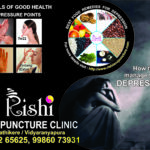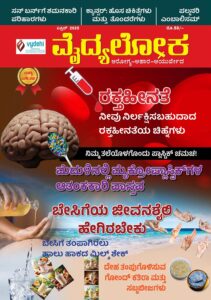What is Acupuncture? It is gaining popularity as a therapeutic approach wherein thin needles are delicately inserted through an individual’s skin at specific points on the body, reaching various depths.

Contrary to common belief, it surpasses a mere pain-relief technique; it is a comprehensive procedure designed to rectify energy imbalances within the body.
The acupuncture needles, hair-thin, solid, sterile, and disposable after a single use, differ significantly from the hollow hypodermic needles used for injections. The size of acupuncture needles varies depending on the treated condition.
For those apprehensive about acupuncture needles, alternative techniques are available. Individuals can witness the needles and experience a demonstration before proceeding. Non-needle therapies, such as moxibustion, cupping, acupressure, and magnet application, offer viable options.
Research indicates that acupuncture influences the activity of adenosine, an amino acid activated in the skin after an injury, effectively alleviating pain. This underscores acupuncture’s potential to relieve pain.
It achieves desired outcomes by stimulating specific points, capable of modifying biochemical and physiological disorders. Designated areas of electrical sensitivity, these acupuncture points, when stimulated by needles, activate sensory receptors. This stimulation reaches nerves that transmit impulses to the hypothalamic-pituitary system in the brain. The resulting release of neurotransmitters and endorphins, the body’s natural pain-killing hormones, has effects believed to be around 200 times more potent than morphine. Endorphins play a crucial role in the hormonal system, explaining acupuncture’s efficacy in treating various ailments such as back pain, arthritis, PMS, infertility, and more. Physiological effects encompass improved circulation, reduced inflammation, relief of muscle spasms, and an increased T-cell count, supporting the immune system.
It serves diverse purposes, addressing specific symptoms or conditions and acting preventively to enhance overall well-being. Suitable for all ages, including infants, children, and the elderly, acupuncture easily integrates with other treatment modalities, fostering a holistic approach to health. While acupuncture may lead to a reduction or cessation of certain medications, patients are advised to consult their respective doctors before making any changes to their prescriptions.
In India, acupuncturists commonly encounter pain-related conditions, but an increasing awareness of acupuncture prompts individuals to seek assistance for various ailments with favorable outcomes. These include disorders related to the eyes, ears, nose, and throat, circulatory issues, gastrointestinal disorders, and more.
Acupuncture’s versatility and compatibility with other treatments contribute to a collaborative approach to healing, considering health from multiple perspectives. Patients are encouraged to seek proper guidance before making decisions regarding changes to their medication.











